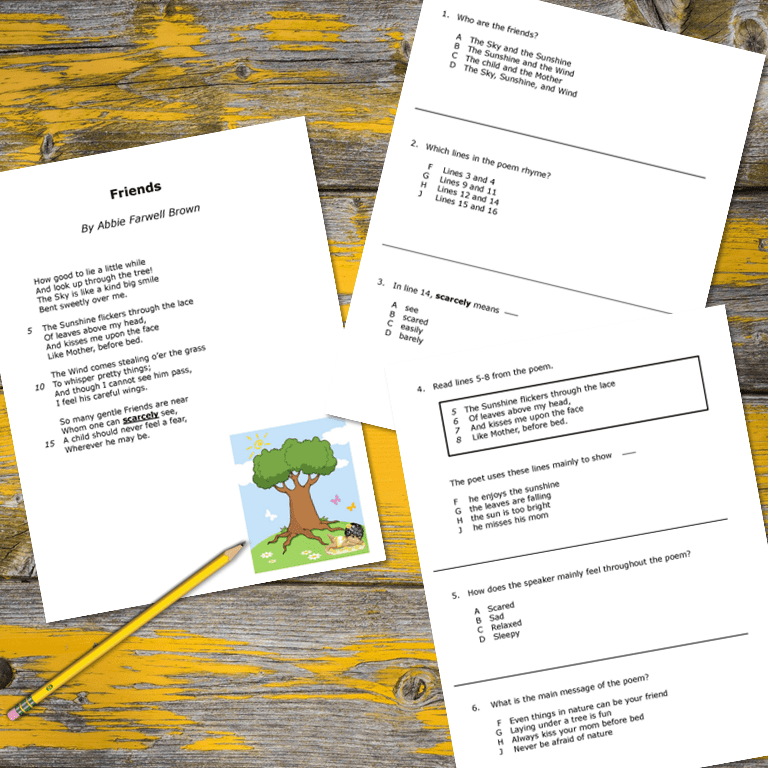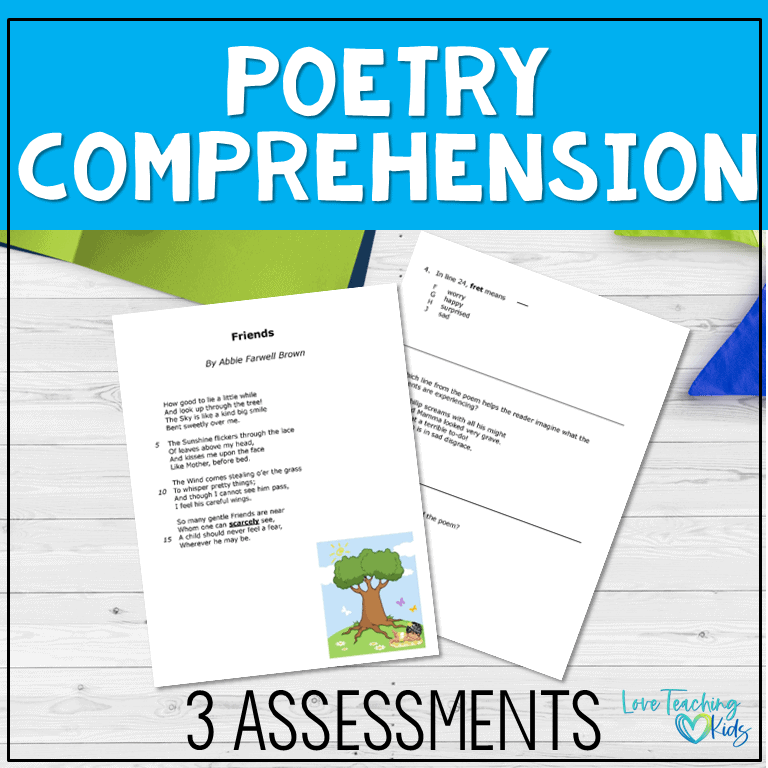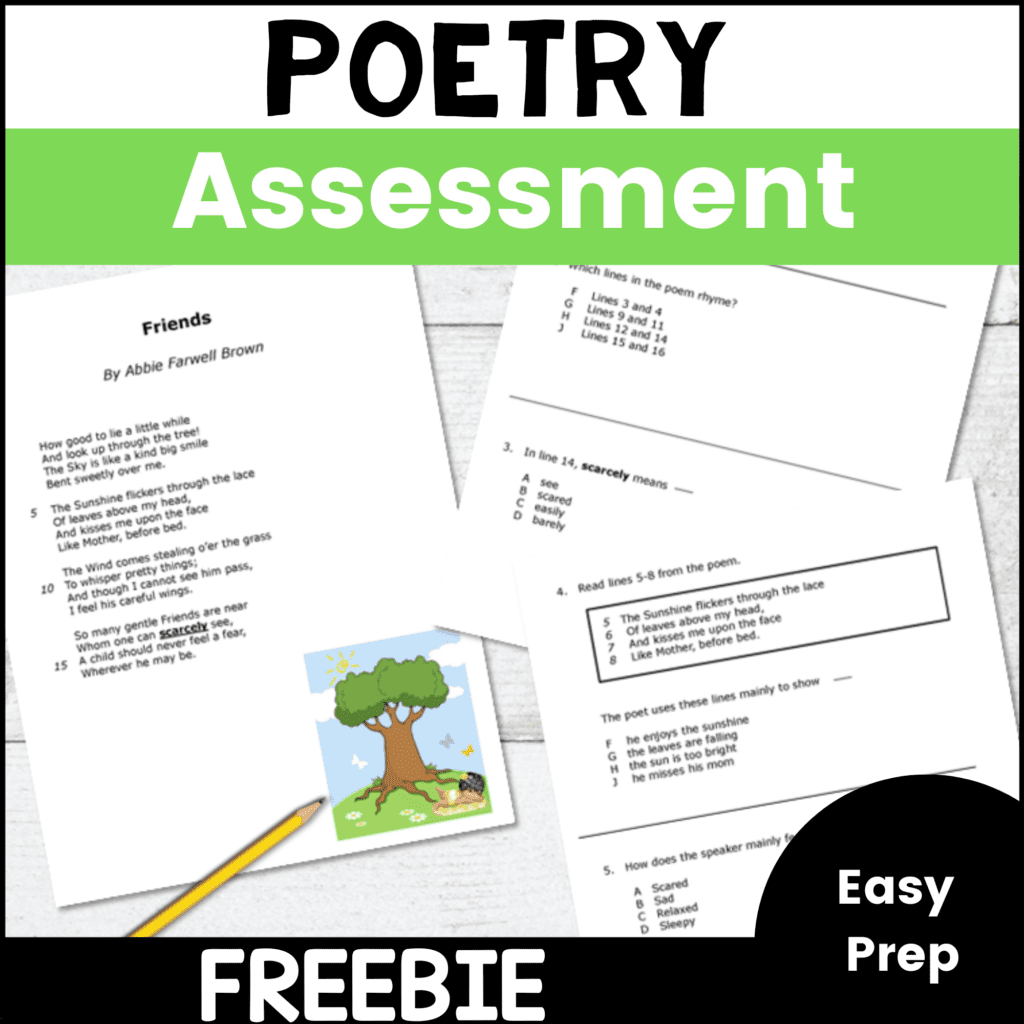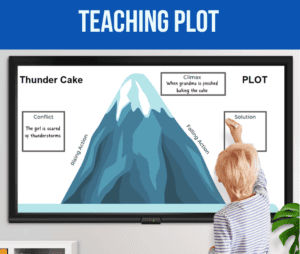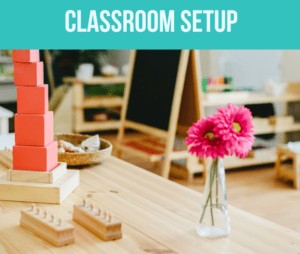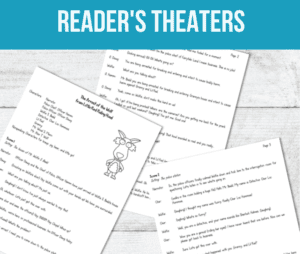Whether you’re preparing for the big test or just want some extra practice, there are ways of creating your own reading comprehension tests. I’m going to show how in six easy steps!
Step 1: Choose a grade-appropriate reading passage.
It is always tough to find reading passages. There are some places that you can look. You can look at old reading comprehension tests that have been used in the past and use the same passages. It’s ok if the kids have taken it already because you are going to be writing new questions.
You can also look online for passages. There are many fiction stories and poems online that are public domain and can be used. Public domain stories are not copyrighted and can be used by anyone. In the United States in order to be public domain, the author has to have been dead for over 70 years. So just do a search of public domain children’s literature and you will find quite a bit.
You can also use the website Edcite. It is free for teachers and there are lots of passages available. Just make sure to find one appropriate for your grade level.
Step 2: Check your Standards
What standards are you wanting to use on the reading comprehension test? Do you want to have a test of all the fiction standards or just the standards you have taught so far? It’s important to know what types of questions you want on the test.
Spiraling standards are always a good idea. If you have taught the standard already make sure to include it in the current test. Always have a vocabulary question and inferencing questions in every reading assessment.
Step 3: Check Testing Analytics
Go to your state assessment and look at the analytics. If you live in Texas, there is a website called Lead4ward where you can get all this information from.
- How often that standard has been taught.
- Look at multiple years of tests.
- Look at how the question is written.
- Look at the standards that students struggled with the most.
Step 4: Types of Questions
Now that you have figured out what passage and types of questions you want to use, let’s start creating the test. Now you are going to decide what types of questions you want to use. There are several different types, but you want to make sure you pick the type of questions that your kids are going to see on district or state exams.
Here are some common types:
- Multiple choice
- Multiple choice with 2 correct answers
- Fill in the blank
- Short answer
Step 5: Vocabulary Questions
Context clues are one of the most challenging standards for students. Vocabulary questions should be on each test that you give students, so they have lots of practice with those types of questions.
Make sure to scan the passage you have chosen and look for a word that may have multiple meanings or a challenging word for the kids. Look below for an example.

Step 6: How to write answer choices
We are finally at the last step on how to create a reading comprehension test. This one is a tough one. If you are doing multiple choice you will write the correct answer and then come up with 3 wrong answers.
You want to write at least two answers that don’t make any sense. Then another one of the answers should be close to the right answer. Look below for an example.

If you like your assessments already done for you, I do have some poetry assessments you might like. Click here to go check them out.
If you want to try one out for free, you can click here to get a Poetry Assessment.
Making reading assessments is tough, but with practice, it does get easier. So follow these 6 steps to learn how to create a reading comprehension assessment. Good luck!

